Stay vigilant
While the advice for staying ahead of breast cancer can get confusing at times, the bottom line is that you need to frequently check your breasts so you can catch when something unusual—like a lump—turns up. And you definitely need to check with your doctor about when to start getting mammograms and any other types of screening that make sense based upon your risk factors. In the meantime, watch out for these suspicious signs.
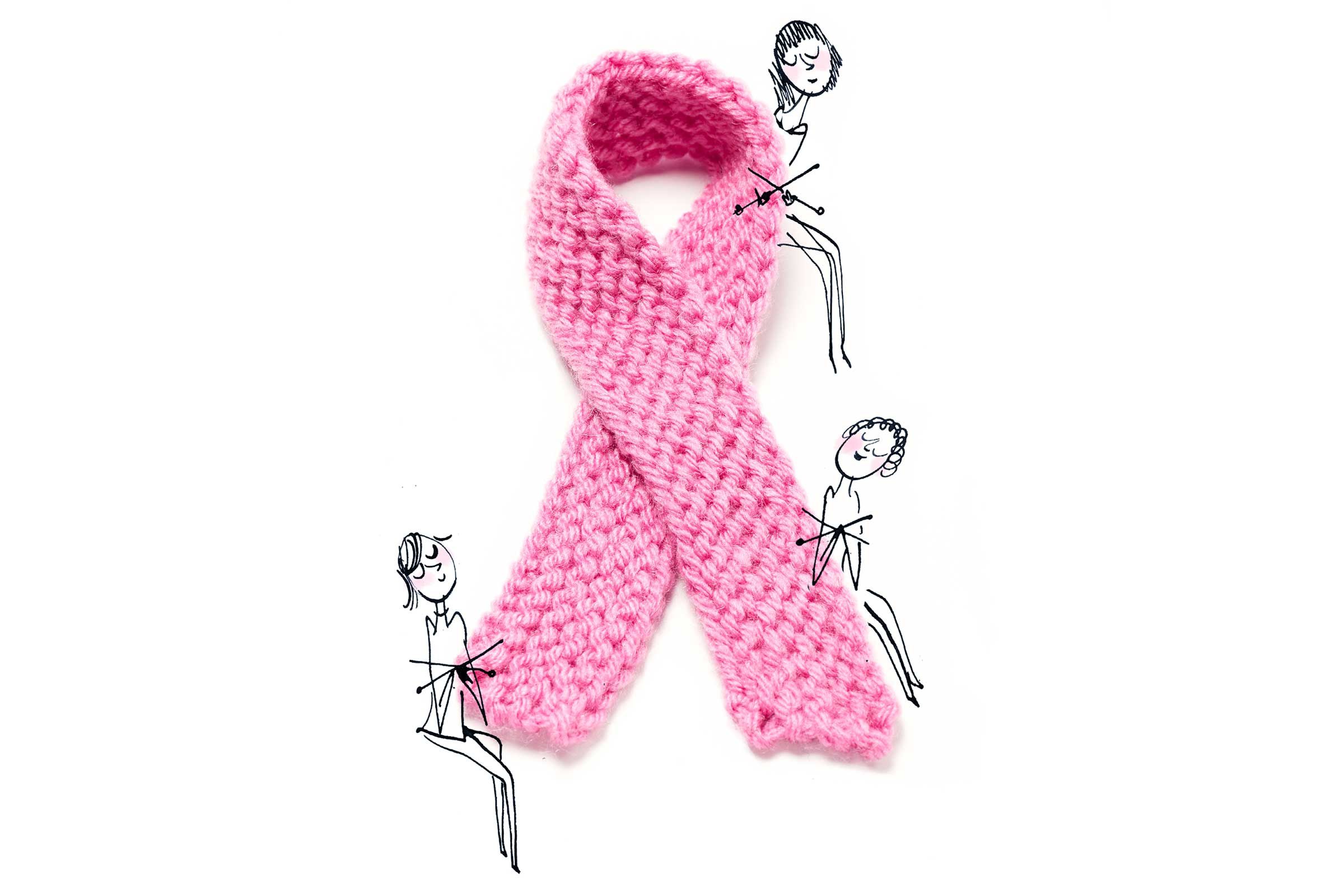
Your nipples look scaly
If the skin of your nipple is suddenly dry, flaky, and scaly-looking, and spreads outward toward the areola and breast, this may be a sign of breast cancer. “A lot of people just have dry skin that goes away, but if you notice the scaling and it doesn’t disappear, that’s concerning,” says Sharon Rosenbaum Smith, MD, a breast surgeon at Mount Sinai West in New York City. Here are more cancer symptoms women are likely to ignore.

Your breast turns red
Redness of the skin usually indicates some sort of infection, but when the affected area of the breast isn’t tender or hot to the touch and continues to expand instead of disappearing, that’s a red flag, says Dr. Rosenbaum Smith. “The redness may fluctuate from a light pink to a fiery red, but it will not look splotchy like a rash and it won’t hurt to touch it,” she says. Learn how to ID 14 of the most common skin irritations.
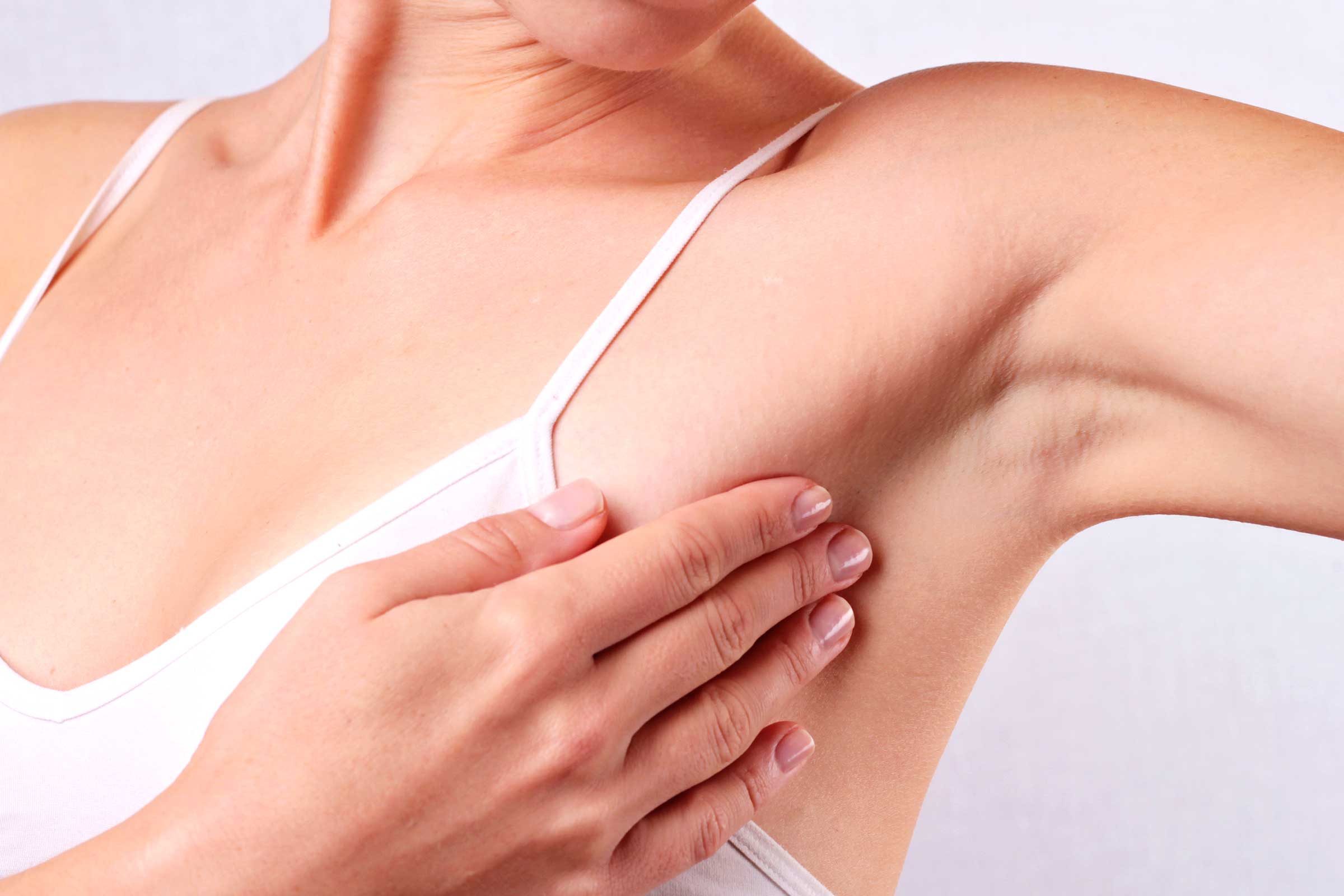
A swollen lymph node under your arm
“Some people notice a lump in the armpit area but don’t feel any lump on the breast, so they don’t think it’s cancer. Unfortunately, it could still be breast cancer,” says Dr. Rosenbaum Smith. A non-cancerous lymph node that swells will feel tender to touch. A cancerous node is generally painless, firmer to the touch, and doesn’t move around as much when you press on it, she says. Check out other surprising reasons you might have sore breasts.
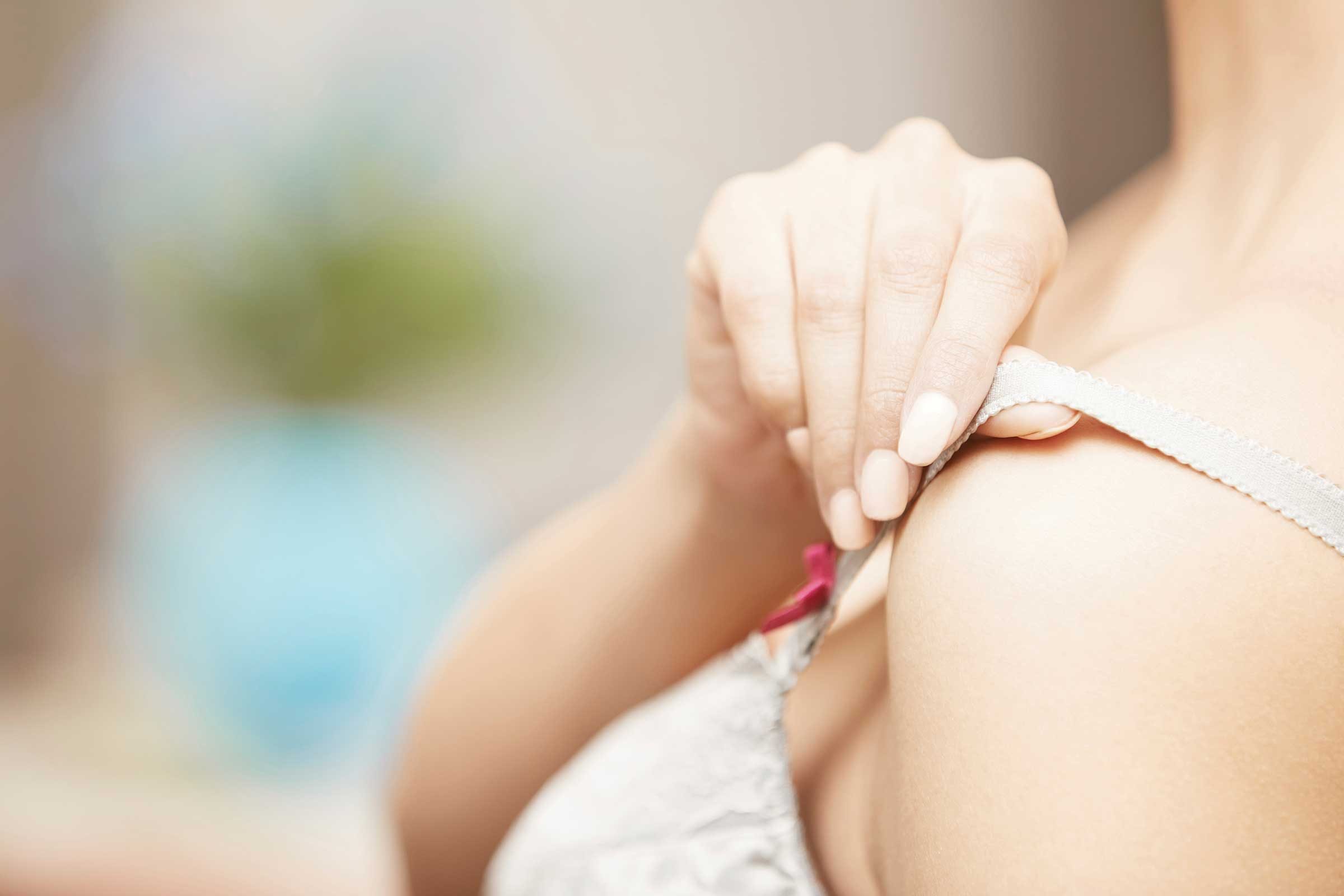
Bloody nipple discharge
Spontaneous bloody discharge, meaning you don’t have to squeeze the nipple to make it come out, is never normal, says Dr. Rosenbaum Smith. “You’ll usually just see it appear on your nightshirt or bra, and that’s definitely suspicious that it could be cancer,” she says. The discharge also generally appears from only one breast. Any other discharge that appears when you squeeze either nipple is probably nothing to worry about or stems from something that’s not cancer, she says. (You can safely ignore these breast cancer myths.)

Dimpling of the breast skin
If your breasts develop dimples, you should see your doctor. Dr. Rosenbaum Smith suggests doing the following exam to check for dimples: Raise your left arm above your head. This causes the pectoral muscle to stretch. If you look down and see dimples appear, it’s possibly a sign of trouble. “You have little fibers that connect up to the skin of the breast, and if you have cancer in there, it can pull in on those ligaments and cause dimpling,” she says. Try these simple changes to reduce your risk of breast cancer.
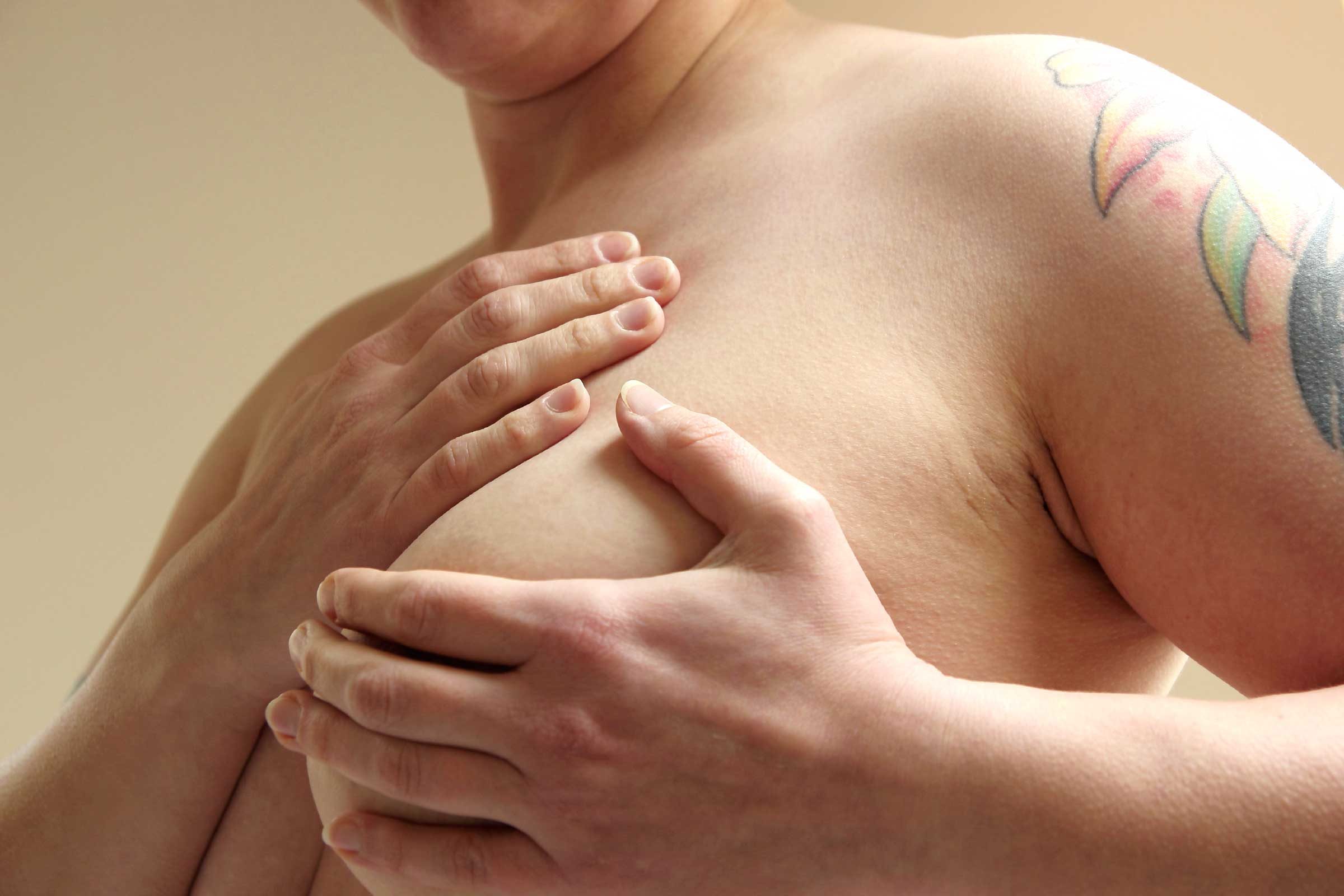
Your nipple retracts
If you were born with inverted nipples, in which they point inward instead of out, don’t fret. But if your nipples have always faced outward and you start to notice them retracting in (and not popping back out), that can be cause for concern. “A good rule of thumb: any change in nipple appearance, bring it to your doctor’s attention,” says Dr. Rosenbaum Smith. Learn other surprising reasons you might experience breast tenderness.
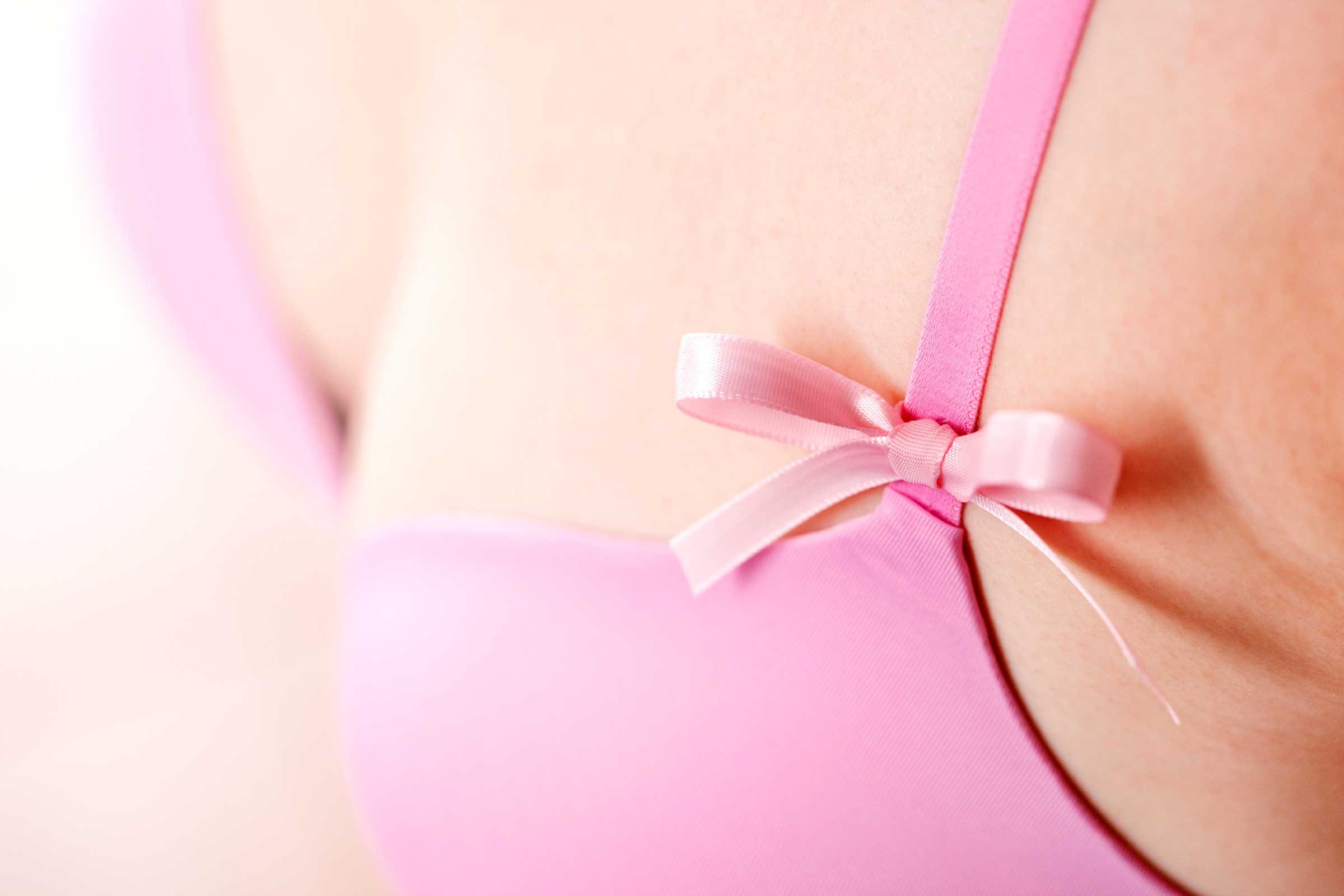
Your breasts change size
Unexplained swelling or shrinkage of the breast, especially only on one side, is something to take note of, according to the National Breast Cancer Foundation. Although it is common for some women to have asymmetrical breasts, and breast size can fluctuate with age, pregnancy, or because of certain types of birth control, if it’s something new, get it checked out. These are the (completely normal) ways your breasts change as you age.
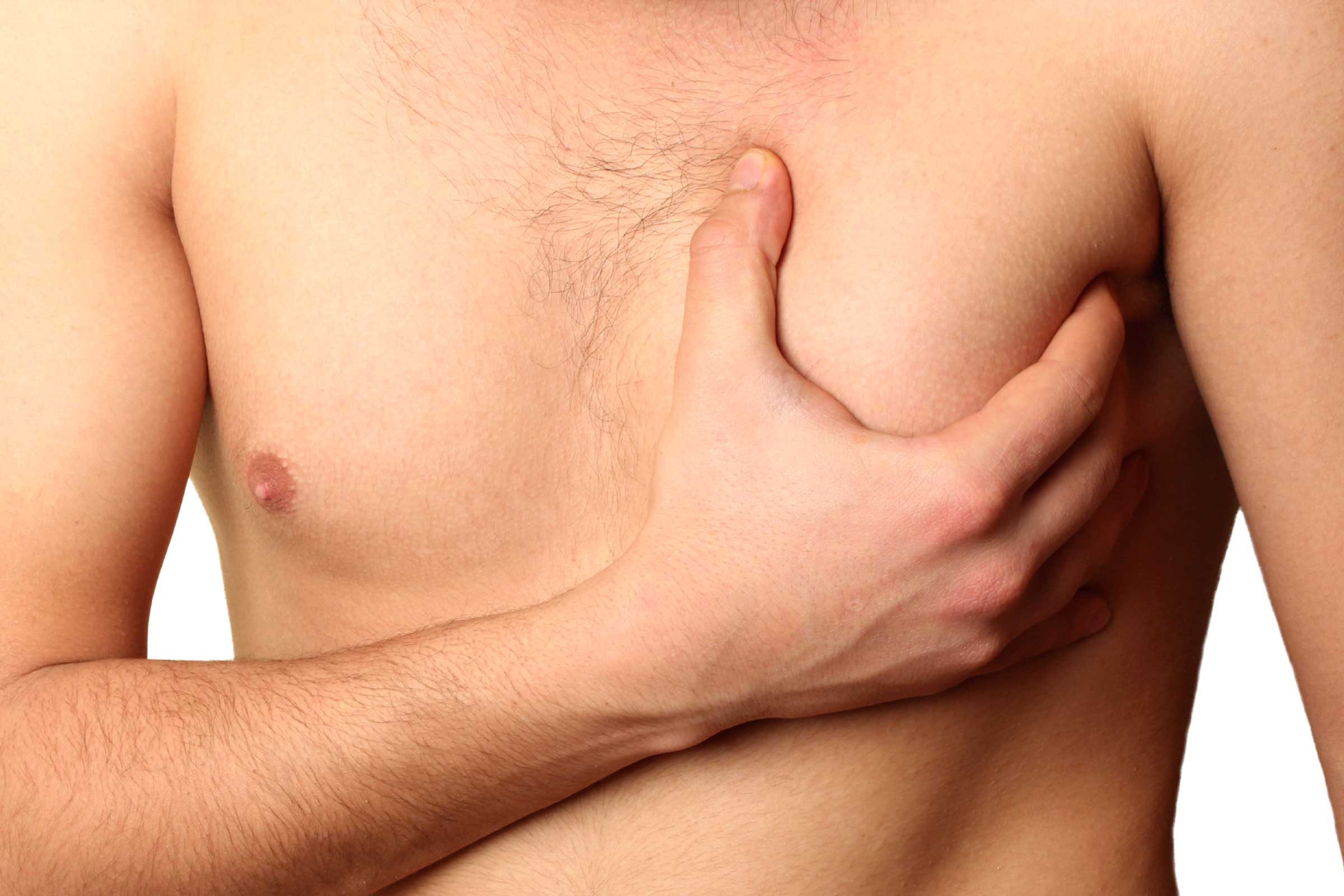
You’re a man and find a lump
Breast lumps can be cause for concern on a woman, but in many cases, they’re not cancerous. However, if you’re a man and notice a breast lump, go straight to your doctor, says Dr. Rosenbaum Smith. “A lump on a man is never normal,” she says. “Most men think they can’t get breast cancer so a lump isn’t important, but it is.” Don’t miss more secrets your breasts wish they could tell you.